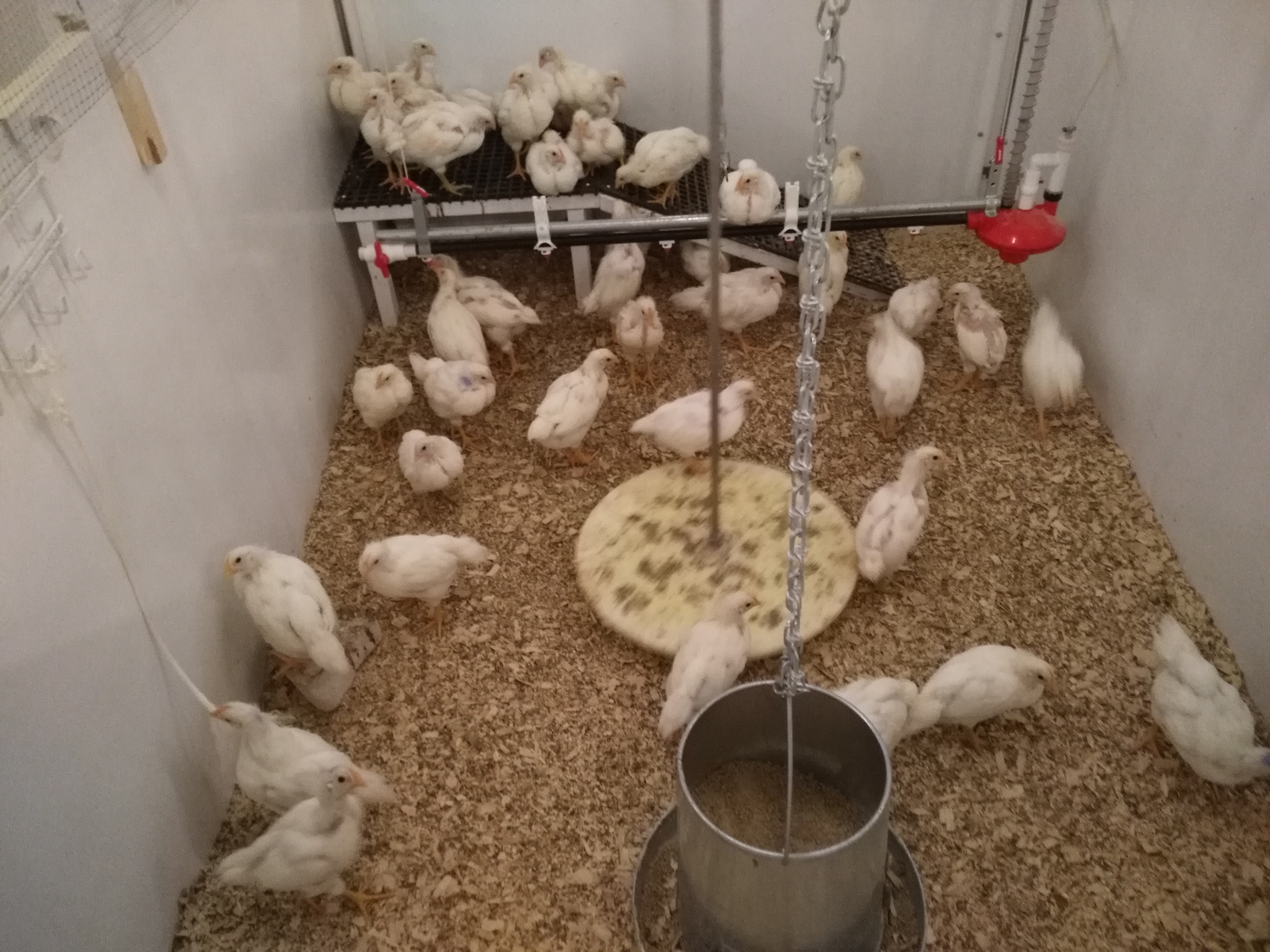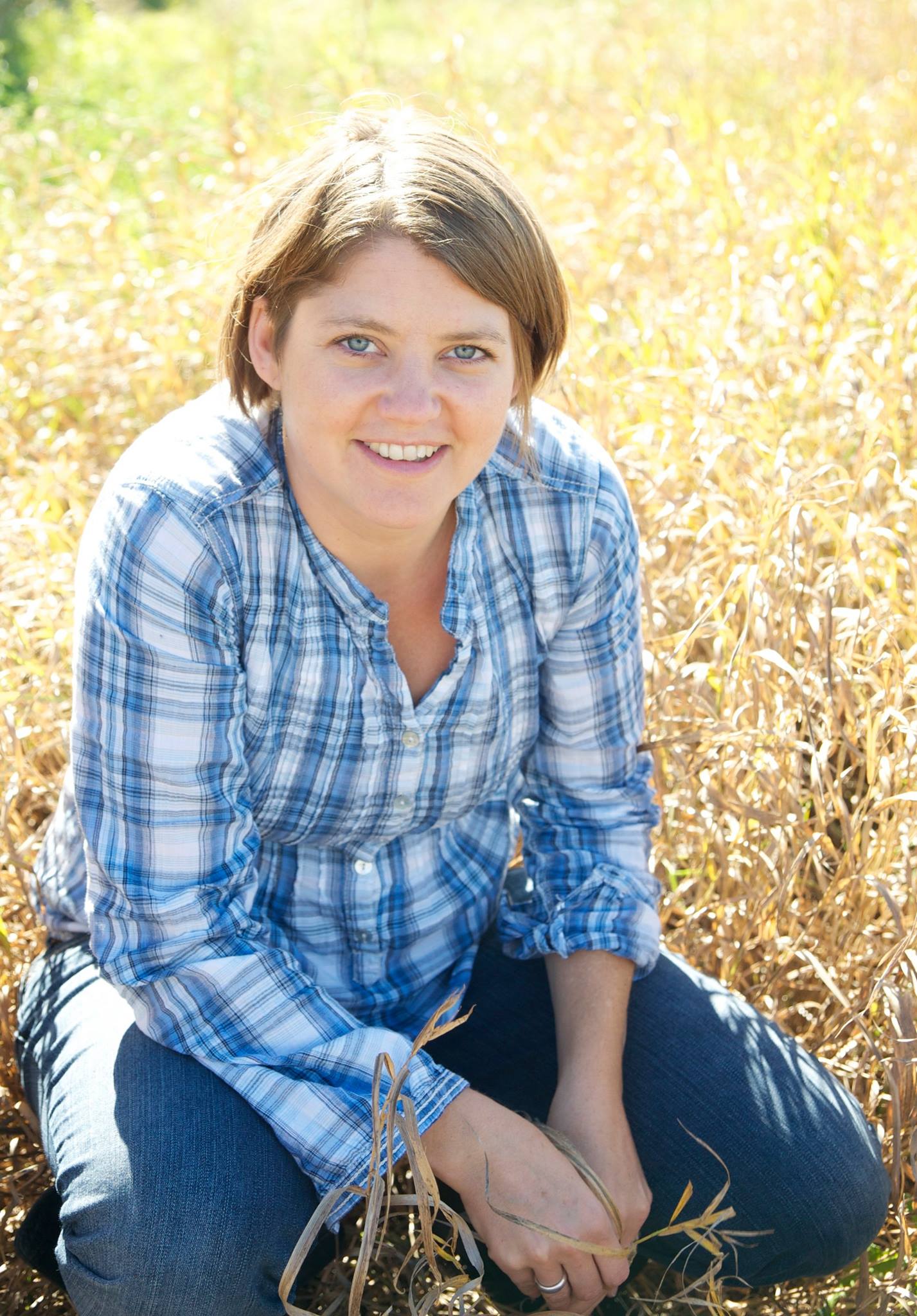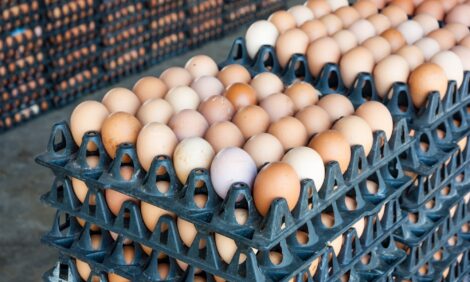



Canadian researchers determine slow-growing chickens more humane
Study proves slow-growing chickens live under better welfare conditions than faster-growing breedsThe team, led by Tina Widowski, professor in the Department of Animal Bioscience, and Stephanie Torrey, adjunct faculty member in the same department, hope the results will benefit global poultry production by improving welfare standards and meat quality. Other studies show, though, that slower-growing broiler chickens are less efficient in terms of feed conversion, cost more for consumers, and create a larger overall environmental footprint.
Fast-growing broiler chickens, which were developed over decades through selective breeding, reach a weight of about 2 kilograms in just 35 days. These faster-growing breeds, for the most part, have larger breast muscles and shorter legs. This has made it difficult for them to perform normal activities, and, as a result, raised concerns regarding animal welfare.
In an effort to improve welfare, Widowski and Torrey evaluated more than 7,500 chickens of 16 genetic strains bred for four growth rates, as well as other traits. Thirteen of the strains were slower growing and they were compared to three standard North American breeds.

© Stephanie Torrey
Using wearable devices like Fitbits, they monitored mobility and activity, and used an obstacle course to test leg strength. They also monitored birds for their use of enrichment items, and examined their feet for lesion. Finally, they evaluated the fully-grown birds for meat quality.
“We found that, overall, many indicators of welfare are directly related to rate of growth,” said Widowski, pointing to overall behavior, levels of activity and mobility, and foot and leg health.
Faster-growing birds crossed the obstacles fewer times and saw higher prevalence of footpad lesions, added Torrey. Major health issues, including skeletal leg muscle problems and heart failure, no longer prevailed in the slower-growing strains.
“That means breeder selection to resolve those problems has worked, and we hope that results of our study will set the direction for the next phase of genetic changes leading to welfare improvements,” said Widowski.
The Global Animal Partnership (GAP) provided funding for the project. Their hope is that the findings will help retailers attract customers who are looking for products raised under higher welfare standards.
Torrey and Widowski are not the only researchers to evaluate slower-growing broiler production. In Belgium, Dr. Evelyne Delezie, a researcher at the Institute for Agricultural and Fisheries Research (ILVO), found that slower-growing broilers have different nutritional needs. Delezie compared two breeds, Ross and Sasso. The Ross breed reached its target weight of 2.5 kilos in 40 days, while the slower-growing breed Sasso took 62 days to reach the same weight.
Overall, Delezie found that the slower-growing Sasso breed consumed 40–50 per cent more than the Ross breed. Overall body weight of the Sasso breed was 50 per cent lower. When composition was compared, Delezie found that the slower-growing breed had a higher percentage of leg meat and less breast meat.
While she contended that the slower-growing breed lived under better welfare conditions, it was not a sustainable choice when considering overall production efficiency.
Tatijana Fisher, at the University of Kentucky, conducted similar research. She was concerned about the implications of switching to slower-growing breeds, particularly with regards to feed conversion and overall meat composition. She compared two breeds, Cornish Cross, a conventional breed, with Red Ranger, a slower-growing breed.
Fisher’s findings showed that the Cornish Cross carcass produces 30 per cent breast meat, while the Red Ranger carcasses produces 20 per cent. Considering consumer demand for breast meat, Fisher said it would take 9 per cent more Red Ranger birds to produce the same amount of breast meat. On top of that, to account for longer rearing times, producers opting for the slower-growing breed would need 50 per cent more housing and 97 per cent more feed.
Feed conversion was also evaluated
“We have about a 1.9 feed conversion on the Cornish Cross, which was not the best you can get off them,” said Fisher. “The Red Ranger had about a 2.2, which is downright awful on some level. Still it was better than some heritage breeds, which have a feed conversion rate of about 5.5.”
Fisher’s research did not look at welfare parameters. Anecdotally, though, she said she didn’t notice any differences in terms of mortality or other welfare-related parameters.
Slow-growth production makes up about 90 per cent of the fresh market in The Netherlands, a move that is due, in part, to a 2012 campaign from animal welfare activist party Wakker Dier (Awoken Animal). The organization was the first to introduce the term ‘plofkip’, which means ‘exploding chicken’ in Dutch. In the wake of the campaign, Dutch retailers announced a move to 100 per cent slow-growth breeds by 2020.
Production cost and compromise
Despite its success in terms of animal welfare, Wageningen UR economic researcher Peter van Horne said the move comes with some compromises. While slow-growing breeds are less work for producers, overall production costs are higher. Heating, catching, litter and manure disposal costs are all higher. Only overall health costs were lower. Because farmers receive a higher price for slower-growing chicken, margins are the same.
Perhaps most concerning are his findings with regards to overall carbon footprint. Slow-growth production, said Van Horne, has a 20 per cent larger carbon footprint than its conventional cousin.
“That’s the dilemma,” he said. “Some people say the slow-growing bird is a welfare-friendly bird, but the fast-growing is an environmental bird.”
“Then you have to make a choice,” he said in conclusion.
Widowski and Torrey concede that the faster-growing breeds are more efficient, but they come with trade-offs as well.
“There are implications in terms of the welfare of the bird and its overall function in terms of ability to walk, cardiovascular function and those sorts of things,” said Widowski.
On top of that, the breeds they studied came in a range of growth rates, which means they were able to get insight into the welfare implications at different growth rates.
Widowski and Torrey hope that the results of their study will help breeding companies select for traits that confer better welfare, even in the faster-growing strains. Ultimately, the goal is to raise the level of welfare for all broiler chickens.









